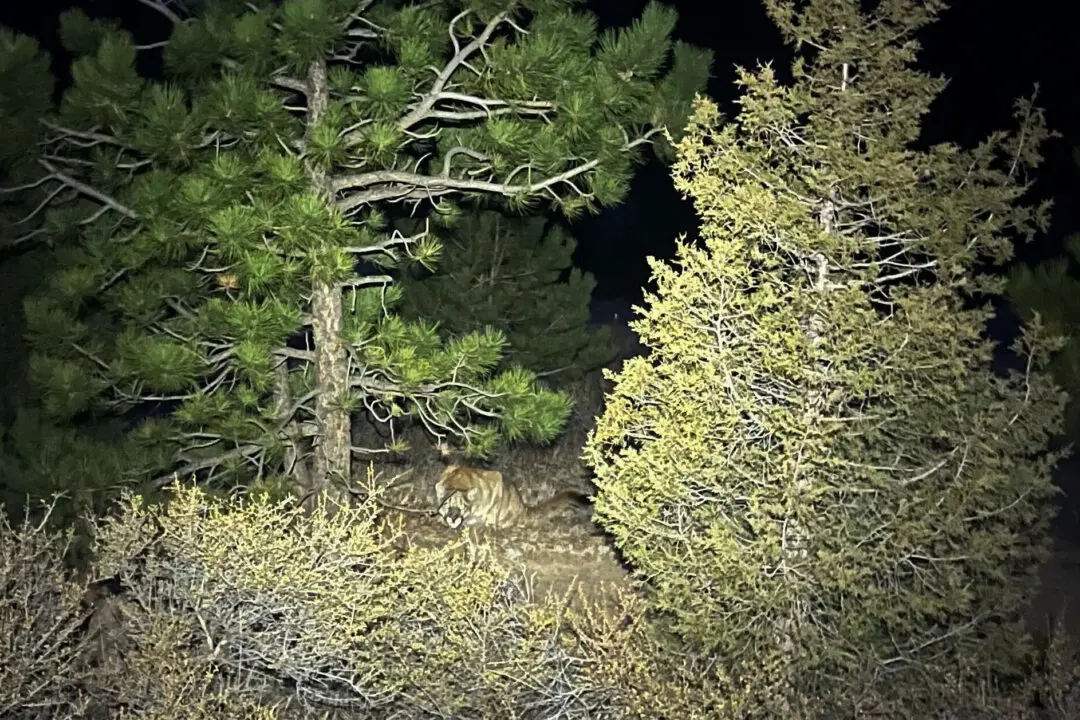LONDON—The volcanic eruption in Tonga this month unleashed an atmospheric shock wave that radiated out at close to the speed of sound, pushing large waves across the Pacific to the shores of Japan and Peru, thousands of kilometers away.
Forecasting models and warning systems, designed primarily to assess earthquake-triggered waves, did not account for the boosting effects of the shock wave. It was a critical flaw in these systems, scientists said, leaving them unable to predict exactly when the waves would hit land.





